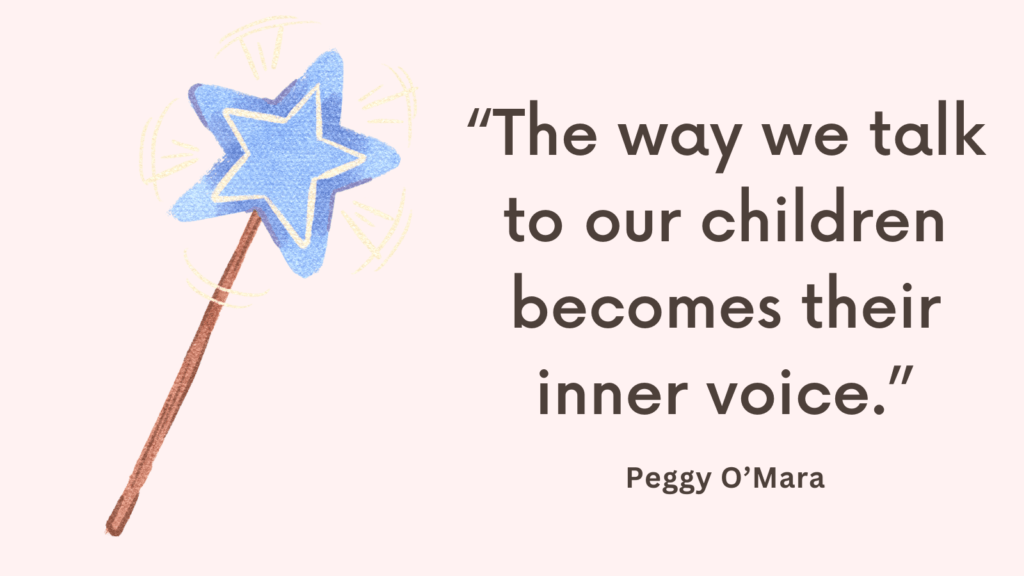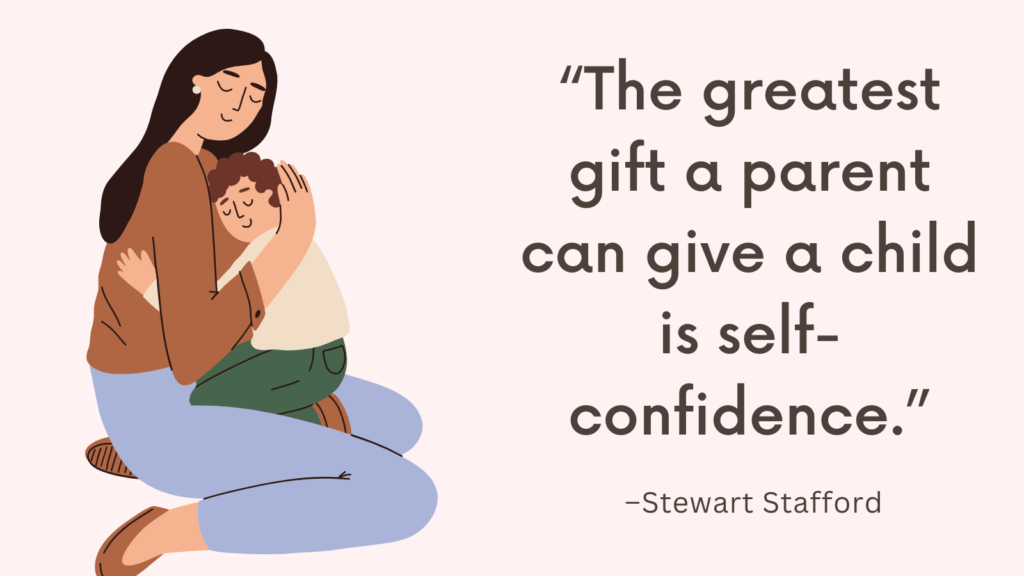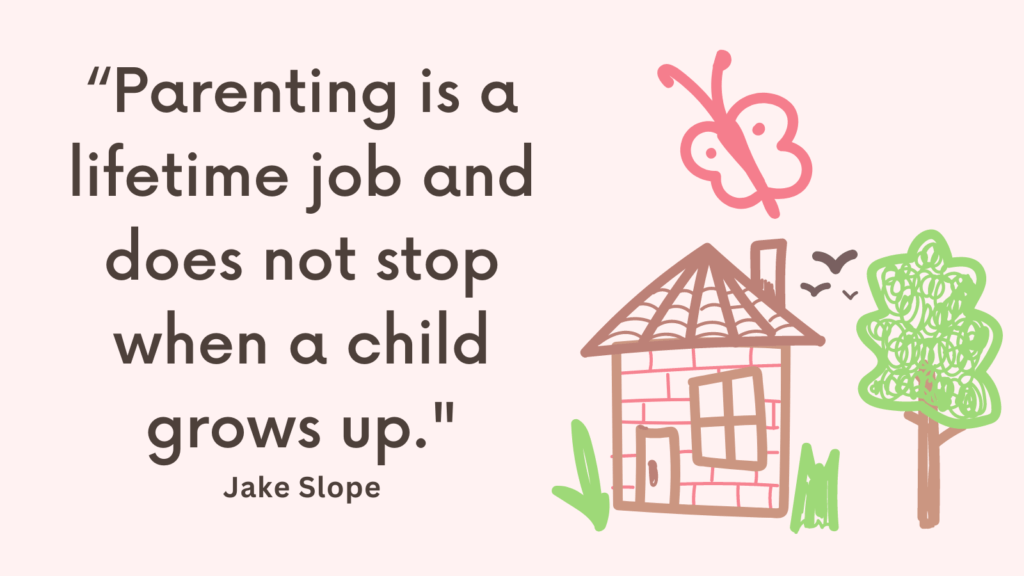In this post, you’re going to learn how to discipline a child with BPD.
What Is BPD?
BPD, or Borderline Personality Disorder, is a mental health condition characterized by a pattern of unstable relationships, intense emotional experiences, impulsivity, and difficulties with self-image and identity.
The DSM-5 (Diagnostic and Statistical Manual of Mental Disorders, 5th edition) is a widely used diagnostic manual that provides criteria for diagnosing various mental disorders, including BPD.
According to the DSM-5 criteria, to be diagnosed with BPD, an individual must exhibit at least five of the following symptoms:
1. Frantic efforts to avoid real or imagined abandonment.
2. A pattern of unstable and intense interpersonal relationships.
3. Identity disturbance, such as a distorted self-image or a fluctuating sense of self.
4. Impulsivity in potentially damaging areas, like spending money recklessly, substance abuse, binge eating, or reckless driving.
5. Recurrent suicidal behavior, self-harm, or threats of self-harm.
6. Emotional instability characterized by frequent mood swings, reactivity, and difficulty managing emotions.
7. Chronic feelings of emptiness or boredom.
8. Intense and inappropriate anger or difficulty controlling anger.
9. Transient stress-related paranoid thoughts or severe dissociative symptoms.
Related: Top 11 Parenting Myths That Are All Too Easy To Believe
BPD In Children
The DSM-5 does not have specific diagnostic criteria for BPD in children. However, children may show signs of emotional dysregulation and difficulties with interpersonal relationships that have some overlap with the symptoms seen in BPD.
It’s important to note that a qualified mental health professional should make the diagnosis based on a thorough assessment of an individual’s symptoms and their impact on daily functioning.
Treatment for children exhibiting symptoms of BPD typically involves therapy approaches that focus on teaching emotion regulation skills, social skills development, and working with families to create supportive environments.
Early intervention and support can significantly improve a child’s overall well-being and functioning.
Related: How To Deescalate A Child? Top 12 Tips
Impact of BPD on a Child’s Life
Borderline Personality Disorder (BPD) can have a significant impact on a child’s life, as it often affects their emotional, social, and behavioral functioning.
Here are some ways that BPD can impact a child:
1. Emotional instability
Children with BPD may experience intense and rapidly shifting emotions.
They may struggle with regulating their emotions, leading to outbursts of anger, sadness, or anxiety.
This emotional volatility can make it challenging for them to maintain stable relationships.
2. Difficulty with interpersonal relationships
Children with BPD may have difficulty establishing and maintaining healthy relationships with peers, family members, and authority figures.
They may struggle with developing trust and may engage in impulsive behaviors that strain relationships.
3. Intense fear of abandonment
Children with BPD often have an intense fear of being abandoned or rejected.
They may exhibit clingy behavior or struggle with separation anxiety. This fear of abandonment can impact their relationships and overall well-being.
Related: 9 Ways to Manage Your 7 Year Old Tantrums
How to Discipline A Child With BPD?
Disciplining a child with symptoms resembling Borderline Personality Disorder (BPD) requires a compassionate and understanding approach.
It is essential to consider the child’s emotional dysregulation, difficulties with interpersonal relationships, and unique challenges they may face. Here are some suggestions:
1. Educate yourself
BPD is a complex mental health condition characterized by intense emotional states, unstable relationships, and impulsive behaviors.
Understanding the symptoms and challenges associated with BPD can help you approach discipline with greater empathy and effectiveness.
2. Establish clear boundaries
By setting clear expectations and limits, parents can provide a sense of structure and predictability that can be soothing for the child.
It is crucial to communicate these boundaries calmly and consistently, using simple and concrete language.
For example, instead of saying, “Be more respectful,” a parent could say, “Speak in a calm and polite tone.”
Reinforcing these boundaries with positive reinforcement, such as praise or rewards, can also be effective.
Additionally, creating a visual chart with rules and consequences can help the child understand and remember expectations.
However, it is important to remember that each child with BPD is unique, and what works for one child might not work for another.
Related: Best 10 Gentle Parenting Books
3. Validate their emotions
BPD is characterized by intense and fluctuating emotions, which can make discipline challenging.
By validating their emotions, you are showing empathy and understanding, making them feel heard and supported.
For example, if your child becomes angry or upset, acknowledge their feelings by saying something like, “I see that you’re feeling really frustrated right now.”
This simple act of validation can help them feel validated and can diffuse some of the intensity of their emotions.
Avoid using harsh or shaming language, as this can escalate their emotions further.
Instead, focus on constructive communication and problem-solving.
4. Teach coping skills
One important skill is deep breathing or mindfulness.
Encourage children to take slow, deep breaths when they feel stressed or overwhelmed, as this helps to calm their nervous system and bring them back to the present moment.
Another invaluable skill is identifying and expressing emotions.
Teaching children to recognize their feelings and express them in healthy ways, such as through art, writing, or talking with a trusted adult, can enhance their self-awareness and emotional intelligence.
Additionally, problem-solving skills are essential.
Encourage children to brainstorm solutions when faced with a challenge, helping them to think creatively, consider different perspectives, and find practical solutions.
Giving children a safe space to express themselves without judgment is also crucial in building coping skills.
Related: Counter Parenting – 6 Ways to Incorporate It
5. Use positive reinforcement
Positive reinforcement focuses on rewarding desirable behavior rather than solely punishing negative behavior, which can help in shaping positive habits and reducing problematic behaviors commonly associated with BPD.
For instance, instead of reprimanding a child for acting out impulsively, consider using praise and rewards when they display self-control or engage in appropriate problem-solving skills.
This could involve acknowledging their efforts and offering small incentives such as extra playtime or a favorite activity.
By reinforcing positive behaviors, the child with BPD can gradually learn to regulate emotions, improve self-esteem, and develop healthier coping mechanisms.
6. Model appropriate behavior
By showcasing appropriate behaviors yourself, you provide them with clear examples to follow.
For instance, if you want your child to communicate effectively, demonstrate active listening and use respectful language when interacting with them.
7. Seek professional help
Consult with a mental health professional who specializes in child and adolescent psychology.
They can provide guidance tailored to your child’s specific needs and help implement effective strategies for discipline.
Related: Best 10 Children’s Books About Self Esteem
Conclusion
Remember, every child is unique, and what works for one may not work for another.
Adapt these suggestions based on your child’s individual needs and seek professional assistance where necessary.
FAQ
What causes BPD in children?
The exact cause of BPD is not known, but it is believed to be a complex combination of genetic, biological, and environmental factors.
Children who experienced trauma, neglect, or inconsistent parenting may be at a higher risk of developing BPD-like symptoms.
Can BPD in children improve or be treated?
Yes, with appropriate treatment and support, children with BPD-like symptoms can experience improvement.
Early intervention is crucial, and therapy approaches such as Dialectical Behavior Therapy (DBT) or family therapy can be effective in helping children learn healthy coping strategies and emotional regulation skills.
Can BPD in children be outgrown?
While it is possible for some children to outgrow certain symptoms of BPD, it is important to address the underlying issues and develop healthy coping mechanisms during childhood.
Untreated or unmanaged BPD-like symptoms in childhood can persist into adolescence and adulthood.
Related: How to Build Confidence in a Sensitive Child? Top 7 Tips




